Fast development of Electromagnetic flow meter
The electromagnetic flowmeter market has shown significant growth in recent years, and this trend figures to continue in the years ahead. This upswing is primarily due to technological improvements, which have made EM flow meter more accurate and reliable, thus enabling them to support a wider range of applications.
How magnetic flow meter work?
Magnetic flowmeters use Faraday’s Law of Electromagnetic Induction to measure the rate of a liquid moving through a pipe. By generating a magnetic field and passing it through a conductive liquid, mag meters can measure flow. When a conductive liquid moves through the magnetic field, a voltage signal is generated. Electrodes detect the magnitude of this voltage signal and use this value to compute flowrate. The faster the liquid moves, the more voltage generated.
When magnetic flowmeters were first introduced, alternating current (AC) was used to generate the conductive field. However, AC flowmeters typically require a zero adjustment to compensate for noise. In 1974, pulsed DC (direct current) magnetic flowmeters were introduced as a solution for noisy applications. As a result, pulsed DC meters have become increasingly popular and today represent the large majority of magnetic inductive flow meter sold.
More recently, suppliers have introduced high-strength DC magnetic flowmeters, which are capable of producing powerful signals that are more resistant to noise than previous generations of magmeters.
Application Advantages of full bore electromagnetic flow meter
Thanks in part to the reasons outlined above, users are increasingly looking to magnetic flowmeters as a replacement technology for such meter types as differential pressure (DP), positive displacement, and turbine in some applications.
DP flow meter disadvantages
DP meters rely on a primary element to generate a flow measurement. Primary elements are prone to wear over time, resulting in the degradation of flow measurement accuracy. Magnetic flow meters are not susceptible to this sort of wear, as they do not use a primary element for flow measurement. Likewise, since DP meters are beholden to primary elements, they can produce pressure loss, a factor that, again, is not a concern for magnetic water meter users.
Why mag meters?
Regarding positive displacement and turbine flowmeters, the main advantage magnetic flow meter sensor hold is that of no moving parts. Moving parts are subject to wear and unreliability, which is why more and more users are considering magnetic technologies for applications where conductive liquids are being measured. Also, the flowtube of a magnetic flowmeter is highly durable and subject to little change.
So, with no primary element to replace and no moving parts to introduce wear, magnetic flowmeters represent a very stable and reliable long-term method of measurement with minimal maintenance costs. For these reasons and others, magnetic flowmeters are displacing traditional technology flowmeters for some applications.
Magnetic flowmeters are especially popular in Europe where they are widely used to measure the flow of water. Magnetic water meters are also prominently used for food processing and pulp & paper applications in Europe.
Overall, Europeans appear to have a preference for spool-piece meters as compared to clamp-on systems, and most magnetic flowmeters are of the inline electromagnetic flow meter, whether wafer or flanged. There are no clamp-on magnetic meters, but there are clamp-on ultrasonic meters, which are a popular alternative to full-bore magmeters for some applications.
Limitations
With all of their advantages, the primary limitation of magnetic flowmeters is their inability to measure the flow of nonconductive fluids. Progress has been made in this area, as suppliers have developed magmeters that can measure the flow of liquids with very low conductivity values. However, magnetic flowmeters cannot measure gas or steam flow, and other technology types, such as Coriolis flow meters and ultrasonic, are also growing in popularity among users looking to replace old flowmeters with newer technologies.
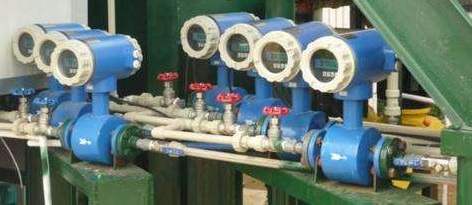
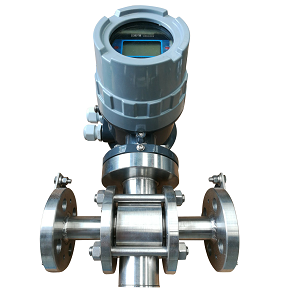 Low flow magnetic flow meter2019/07/11Low flow mag meters can handle liquid flowas low as to 0.33 LPM (0.09GPM), the mini mag flow sensor size we can provideis 1/8”,1/4”,3/8”,1/2”,3/4”. Micro flow magnetic flow meters are used widely...VIEW
Low flow magnetic flow meter2019/07/11Low flow mag meters can handle liquid flowas low as to 0.33 LPM (0.09GPM), the mini mag flow sensor size we can provideis 1/8”,1/4”,3/8”,1/2”,3/4”. Micro flow magnetic flow meters are used widely...VIEW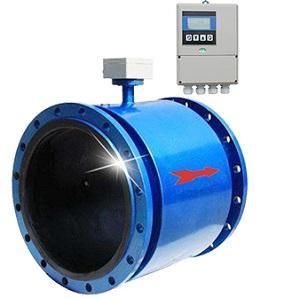 12 Inch magnetic flow meter2019/09/18Electromagnetic flowmeter is a flow metering device that performs volumetric flow rate measurement according to Faraday's law of electromagnetic induction, it is for conductive liquid measurement, it ...VIEW
12 Inch magnetic flow meter2019/09/18Electromagnetic flowmeter is a flow metering device that performs volumetric flow rate measurement according to Faraday's law of electromagnetic induction, it is for conductive liquid measurement, it ...VIEW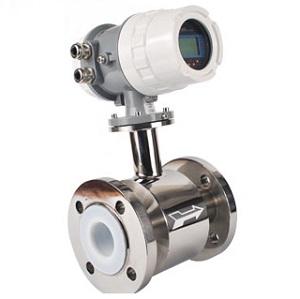 Electromagnetic flow meter for corrosive liquid2019/08/03By choosing different liners and different electrodes materials, Electromagnetic flow meters can measure corrosive strong acids or strong alkali liquids. Electromagnetic flowmeter is an inductive inst...VIEW
Electromagnetic flow meter for corrosive liquid2019/08/03By choosing different liners and different electrodes materials, Electromagnetic flow meters can measure corrosive strong acids or strong alkali liquids. Electromagnetic flowmeter is an inductive inst...VIEW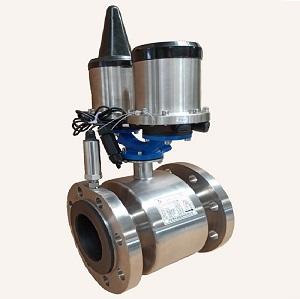 GPRS Electromagnetic flow meter2019/07/11Battery powered electromagnetic flow meter has a lithium battery which can work for 36-72 months, it has built-in GPRS/GSM/CDMA module which can send flow measurement value to cloud server to realize ...VIEW
GPRS Electromagnetic flow meter2019/07/11Battery powered electromagnetic flow meter has a lithium battery which can work for 36-72 months, it has built-in GPRS/GSM/CDMA module which can send flow measurement value to cloud server to realize ...VIEW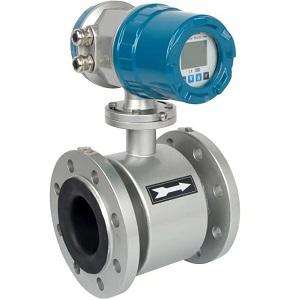 In-line Magnetic flow meter2019/06/27In-line mag flow meter takes measurement the whole pipeline section flow velocity where the mag sensor is mounted. It measure the conductive liquid volume flow rate, it has little effects on fluids de...VIEW
In-line Magnetic flow meter2019/06/27In-line mag flow meter takes measurement the whole pipeline section flow velocity where the mag sensor is mounted. It measure the conductive liquid volume flow rate, it has little effects on fluids de...VIEW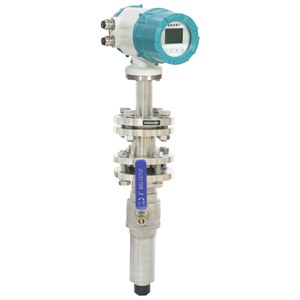 Insertion type electromagnetic flow meter2019/06/27Insertion probe electromagnetic flow meter is suitable for pipeline size over 8 inches; it is ideal solution for large pipe size conductive liquid flow measurement ,such as waste water, portable water...VIEW
Insertion type electromagnetic flow meter2019/06/27Insertion probe electromagnetic flow meter is suitable for pipeline size over 8 inches; it is ideal solution for large pipe size conductive liquid flow measurement ,such as waste water, portable water...VIEW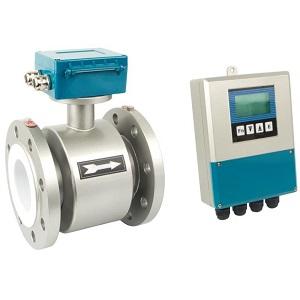 Remote style Electromagnetic flowmeter2019/06/24Compact style mag meter has integral display together with magnetic flow sensors which is easy for flow rate reading and parameter configurations. It is usually used when the operation environment is ...VIEW
Remote style Electromagnetic flowmeter2019/06/24Compact style mag meter has integral display together with magnetic flow sensors which is easy for flow rate reading and parameter configurations. It is usually used when the operation environment is ...VIEW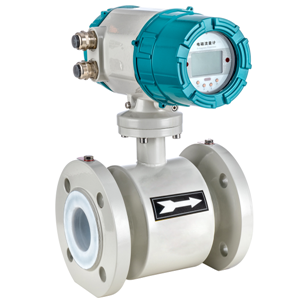 Compact converter mag flow meter2019/06/24Compact style mag meter has integral display together with magnetic flow sensors which is easy for flow rate reading and parameter configurations. It is usually used when the operation environment is ...VIEW
Compact converter mag flow meter2019/06/24Compact style mag meter has integral display together with magnetic flow sensors which is easy for flow rate reading and parameter configurations. It is usually used when the operation environment is ...VIEW Magnetic flow meter2019/06/03For conductive liquid
Magnetic flow meter2019/06/03For conductive liquid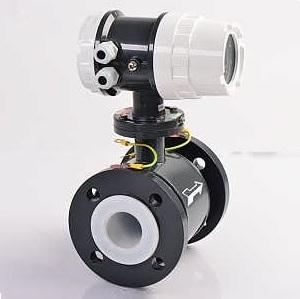 Magnetic flow meter with Profibus-DP2019/06/03Mag flow meter transmitwith Profibus-DP protocol also various outputs available.VIEW
Magnetic flow meter with Profibus-DP2019/06/03Mag flow meter transmitwith Profibus-DP protocol also various outputs available.VIEW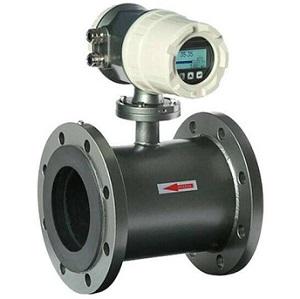 Slurry Magnetic Flow Meter2018/11/21SHD-SE16 Series Slurry Magnetic Flow Meter is for flow measurement in high-noise slurry applications; flow sensors for sludge, slurries and solids.VIEW
Slurry Magnetic Flow Meter2018/11/21SHD-SE16 Series Slurry Magnetic Flow Meter is for flow measurement in high-noise slurry applications; flow sensors for sludge, slurries and solids.VIEW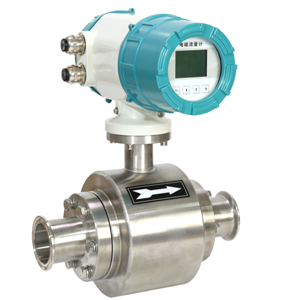 Sanitary Magnetic flow meter2018/11/21SHD-SE13 Magmeter sensor is a type sanitary type flow measuring device.It can measure tap water, tomato paste, liquid egg, molasses, juice, vinegar and so on which are widely used in food-processing, beer and pharmaceutical industries.VIEW
Sanitary Magnetic flow meter2018/11/21SHD-SE13 Magmeter sensor is a type sanitary type flow measuring device.It can measure tap water, tomato paste, liquid egg, molasses, juice, vinegar and so on which are widely used in food-processing, beer and pharmaceutical industries.VIEW